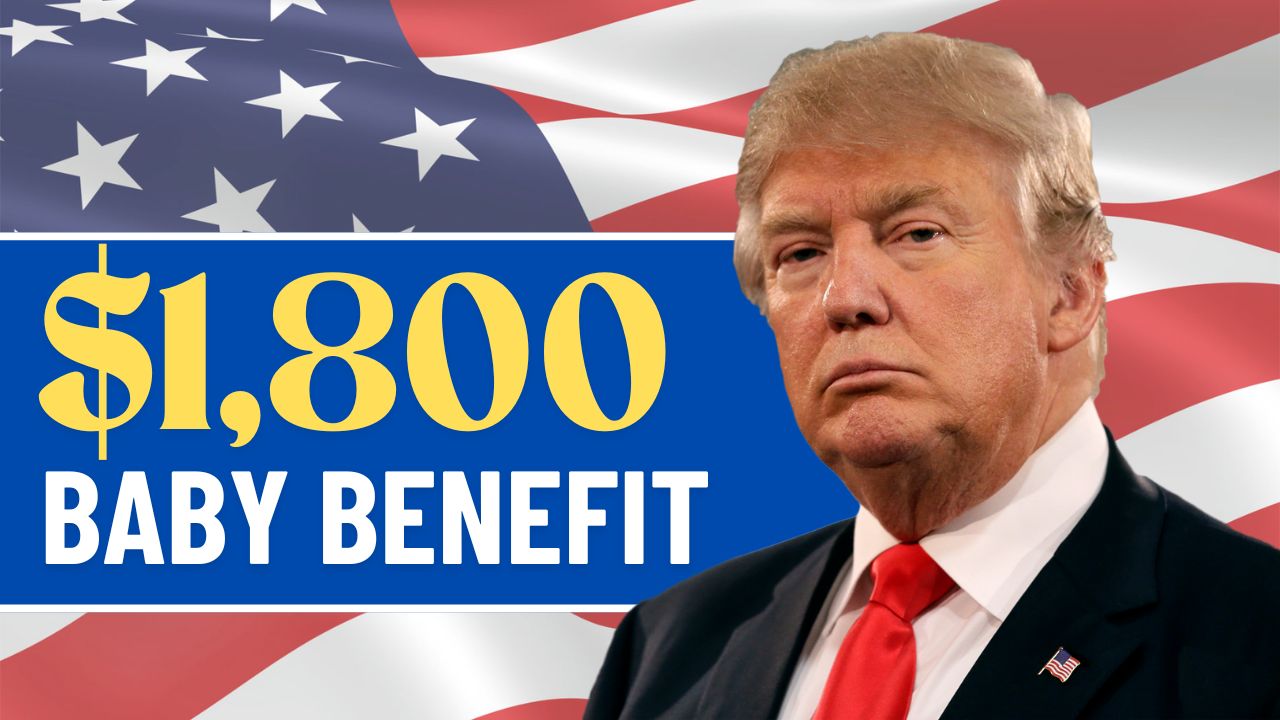Australia is set to introduce a significant shift in worker compensation, as the Fair Work Commission has confirmed a national minimum wage increase effective from July 1, 2025. This adjustment is designed to keep wages aligned with inflation and the cost of living, ensuring that low-income workers maintain their purchasing power in a challenging economic environment. The wage revision applies across all employment types full-time, part-time, and casual under Australia’s national workplace relations system.
Table of Contents
Collaborative Reform Aimed at Economic Balance
The wage rise comes after extensive consultation between key stakeholders, including unions, employer bodies, and independent economists. Their shared objective was to strike a fair balance: ensuring workers receive appropriate compensation without placing undue pressure on business sustainability. The result of these discussions is a carefully calculated increase, reflecting both economic growth and the financial strain many Australians face.
Key Details of the 2025 Minimum Wage Adjustment
| Detail | Information |
|---|---|
| Effective From | July 1, 2025 |
| New Minimum Hourly Rate | AUD $24.50 |
| Previous Minimum Hourly Rate | AUD $23.23 |
| Percentage Increase | 5.5% |
| Applicable To | National minimum wage employees |
| Governing Authority | Fair Work Commission |
| Announcement Date | May 6, 2025 |
| Official Website | Fair Work Commission |
Minimum Wage Raised to $24.50 Per Hour

The newly set minimum hourly wage of AUD $24.50 reflects a 5.5% increase from the previous rate of AUD $23.23. This change is poised to positively impact more than 2.5 million workers across various industries. According to the Fair Work Commission, the adjustment is part of a broader initiative to prevent stagnation in real incomes and support households amid rising living costs.
Factors Behind the Wage Review Decision
Each year, the Fair Work Commission undertakes a wage review process guided by key economic indicators. In 2025, considerations included inflationary pressure, national productivity trends, the ability of businesses to absorb higher wage costs, and the need to address wage disparities especially the gender pay gap. The commission emphasized that this year’s decision is intended to prevent financial backsliding for Australia’s lowest-paid employees while being mindful of job security and business viability.
Workers Expected to Gain from the New Rate
The wage increase will be felt most strongly in sectors that employ large numbers of minimum wage workers. These include retail, hospitality, healthcare, and community services. Casual employees, who receive additional loading on top of base wages, will also benefit proportionally. Apprentices, trainees, and those working under modern awards linked to the national minimum wage are likewise eligible for the updated pay scale.
Why This Wage Increase Carries Broader Significance
Rising expenses from rent and groceries to transportation and utilities have placed financial pressure on millions of Australians. By raising the minimum wage, the government aims to offer relief to lower-income households, allowing them to keep up with inflation and maintain a reasonable standard of living. This wage adjustment is not just a financial measure but a socioeconomic one, intended to curb growing inequality.
Employer Readiness and Compliance Considerations
Starting July 1, 2025, employers are legally obligated to update payroll systems to reflect the revised rate. Businesses failing to comply may face penalties under the Fair Work Act. Beyond compliance, companies particularly small and medium-sized enterprises may need to reevaluate staffing, pricing, and operational strategies. Nonetheless, many economists argue that the overall increase in consumer spending driven by higher wages could counterbalance short-term business challenges.
Year-on-Year Comparison of National Minimum Wage
| Year | Minimum Wage (AUD/hour) |
|---|---|
| 2023 | $21.38 |
| 2024 | $23.23 |
| 2025 | $24.50 |
This steady progression underscores Australia’s long-standing commitment to fair and equitable pay, reinforcing the value of labor in an evolving economic landscape.
A Defining Step for Wage Justice in 2025
The 2025 minimum wage increase is more than a policy update it represents a nationwide commitment to uphold economic dignity for all workers. As the cost of living continues to climb, ensuring fair pay is central to sustaining a resilient and inclusive workforce. Both employers and employees now stand at a pivotal moment one where adaptation and responsibility go hand in hand.








